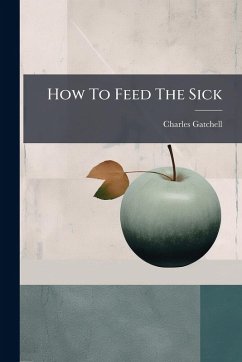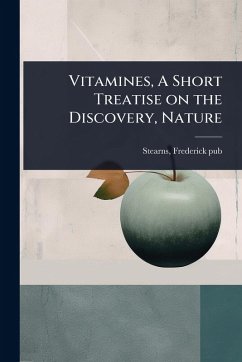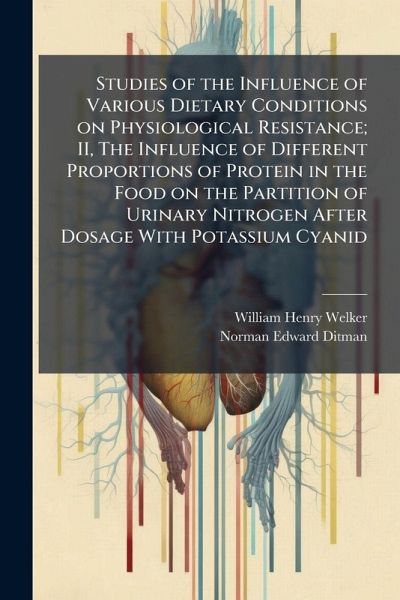
Studies of the Influence of Various Dietary Conditions on Physiological Resistance; II, The Influence of Different Proportions of Protein in the Food on the Partition of Urinary Nitrogen After Dosage With Potassium Cyanid
Versandkostenfrei!
Versandfertig in über 4 Wochen
14,99 €
inkl. MwSt.
Weitere Ausgaben:

PAYBACK Punkte
7 °P sammeln!
"Studies of the Influence of Various Dietary Conditions on Physiological Resistance; II, The Influence of Different Proportions of Protein in the Food on the Partition of Urinary Nitrogen After Dosage With Potassium Cyanid" explores the intricate relationship between dietary protein levels and physiological responses to toxins. Authored by William Henry Welker and Norman Edward Ditman, this study, originally published in 1909, delves into the impact of varying protein proportions in food on the partition of urinary nitrogen following exposure to potassium cyanide. This research provides valuab...
"Studies of the Influence of Various Dietary Conditions on Physiological Resistance; II, The Influence of Different Proportions of Protein in the Food on the Partition of Urinary Nitrogen After Dosage With Potassium Cyanid" explores the intricate relationship between dietary protein levels and physiological responses to toxins. Authored by William Henry Welker and Norman Edward Ditman, this study, originally published in 1909, delves into the impact of varying protein proportions in food on the partition of urinary nitrogen following exposure to potassium cyanide. This research provides valuable insights into the biochemical processes and metabolic pathways affected by dietary protein and toxic substances. It remains relevant for researchers and practitioners interested in understanding the interplay between nutrition, physiology, and toxicology. This work has been selected by scholars as being culturally important, and is part of the knowledge base of civilization as we know it. This work was reproduced from the original artifact, and remains as true to the original work as possible. Therefore, you will see the original copyright references, library stamps (as most of these works have been housed in our most important libraries around the world), and other notations in the work. This work is in the public domain in the United States of America, and possibly other nations. Within the United States, you may freely copy and distribute this work, as no entity (individual or corporate) has a copyright on the body of the work. As a reproduction of a historical artifact, this work may contain missing or blurred pages, poor pictures, errant marks, etc. Scholars believe, and we concur, that this work is important enough to be preserved, reproduced, and made generally available to the public. We appreciate your support of the preservation process, and thank you for being an important part of keeping this knowledge alive and relevant.




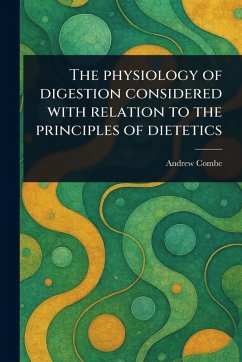


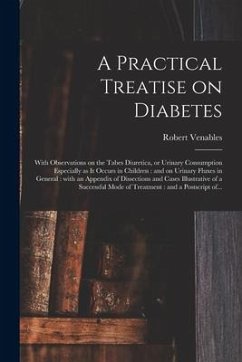

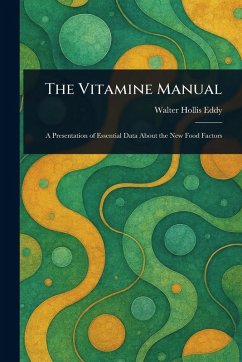
![Cellular Pathology [electronic Resource]: as Based Upon Physiological and Pathological Histology; Twenty Lectures Delivered in the Pathological Instit Cover Cellular Pathology [electronic Resource]: as Based Upon Physiological and Pathological Histology; Twenty Lectures Delivered in the Pathological Instit](https://bilder.buecher.de/produkte/65/65505/65505886n.jpg)
